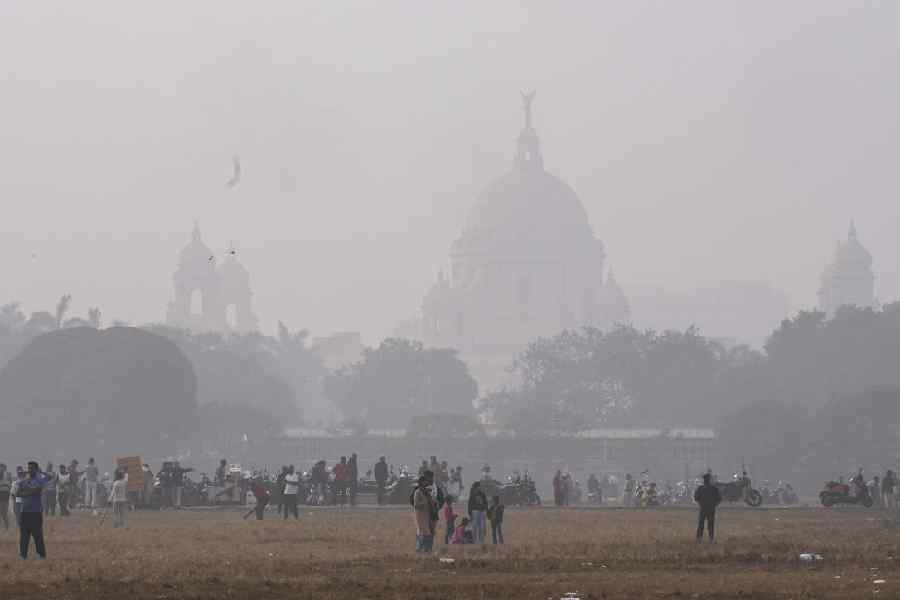The authorities of Pakke Tiger Reserve in Pakke Kessang district of Arunachal Pradesh in collaboration with an NGO have embarked on a survey of Asiatic black bears to assess habitat preferences and occupancy patterns of the animal.
This is the first such exercise aimed at assessing the status of Asiatic black bears released in the reserve forest after rehabilitation at the CRBC, officials said.
Supported by the ministry of environment and forests (MoEF), the Centre for Bear Rehabilitation and Conservation (CBRC) was established jointly by the Arunachal Pradesh Forest Department, International Fund for Animal Welfare (IFAW) and Wildlife Trust of India (WTI) in 2002 with an aim at rehabilitating displaced cubs back into the wild.
“As of now, the centre has rescued and rehabilitated as many as 50 bear cubs in Pakke Tiger Reserve since the inception of the project in 2002. The success of the CBRC will be measured through the ongoing survey,” Pakke Wildlife Sanctuary and Tiger Reserve Divisional Forest Officer Satyaprakash Singh told PTI.
The exercise, which is being done in collaboration with the Wildlife Trust of India, has involved three preliminary sign surveys and camera trapping.
“A 20-member team engaged in the exercise has already conducted preliminary sign surveys in the reserve forest in November and December last year and also in the first week of January this year at Rilloh, Nyargoka and Delang ranges and helipad ground route,” the official said.
The final one along with camera trapping started on Tuesday and would continue till March, he said.
“The first survey was planned and conducted in Rilloh, one of the three ranges in the tiger reserve. The exercise included hands-on training, sign survey and camera trapping which, was the first of its kind to study bears in the range,” Dr Panjit Basumatary, WTI manager and head of the CBRC, told PTI.
The survey covered an elevation range from 900 metres to up to 2,000 metres above sea level. Range officer Talo Dibo was leading the survey team.
The preliminary survey was fruitful with notable animal indicators such as bear nests, paw marks, as well as other markings left by carnivores and herbivores, Basumatary said, adding that the team deployed 12 camera traps according to the predefined survey grid cells.
PTI










